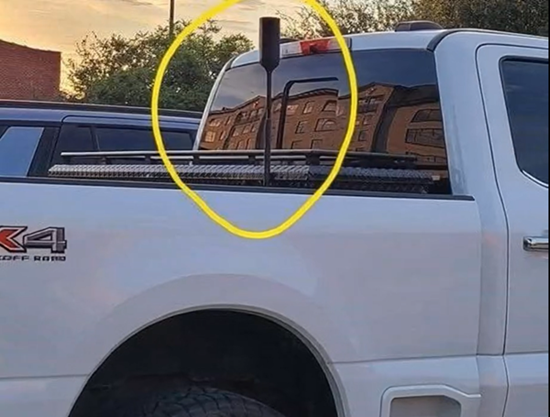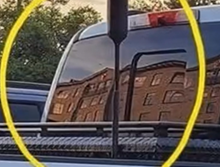
If you’ve ever noticed a long rod or antenna mounted on the roof of a truck, RV, or larger vehicle, you might have assumed it’s just a traditional CB (Citizens Band) radio antenna. That used to be true for many years, as CB radios were once the primary way drivers communicated on the road. Today, however, many of these antennas serve a far more advanced purpose. Instead of simply transmitting voice over short distances, modern antennas are often part of cellular signal booster systems designed to dramatically improve mobile reception and connectivity.

These devices have become essential for anyone spending long periods on the road or traveling through remote areas where cell coverage is weak or unreliable. With smartphones now central to navigation, communication, entertainment, and emergency services, reliable signal is no longer a luxury—it’s a necessity. While urban areas benefit from strong, consistent coverage thanks to nearby cell towers, rural highways, forests, deserts, and mountainous regions often have poor reception.
Modern cellular boosters solve this problem by using an external antenna—usually mounted high on the vehicle—to capture weak signals that a smartphone alone might not detect. The antenna’s placement is critical: it must avoid obstructions like trees, buildings, or even the vehicle itself to maximize signal reception from distant towers. The signal is then sent to an internal amplifier within the vehicle, which strengthens it and rebroadcasts it for use by phones, tablets, laptops, or mobile hotspots inside.
This process improves call clarity, reduces dropped connections, speeds up mobile internet, and ensures reliable messaging and data transmission. It is particularly valuable for long-haul truckers, RV owners, farmers, delivery drivers, outdoor enthusiasts, and emergency responders who rely on constant connectivity for safety and efficiency.
Cellular boosters today work with multiple network types, including 4G LTE and 5G, and many can support several devices at once without interference. High-end models, such as the weBoost Drive Reach or HiBoost Travel 3.0, offer wider coverage, stronger signal amplification, and simpler installation. While costs range from a few hundred to several hundred dollars, many users consider them a worthwhile investment for the dramatic improvement in reliability and convenience. Some models are even portable, perfect for switching vehicles or taking on trips.
It’s important to note that boosters do not create cell signals—they only amplify what already exists. In areas with absolutely no reception, even the best system has limits. But in zones with weak or inconsistent coverage, these devices can make a significant difference, keeping users connected where a smartphone alone would fail.
In short, the tall antennas you see on trucks, RVs, and other large vehicles today are not merely throwbacks to the CB radio era. They are a crucial part of modern communication systems, ensuring that travelers, workers, and adventurers remain connected to the outside world, no matter how remote their location. From cross-country drives to weekend camping trips or daily work in rural areas, cellular boosters turn isolated roads into reliable corridors of communication, providing both convenience and peace of mind.



